Finding the perfect farro substitute might feel like a kitchen mystery, right?
Well, we’re here to crack the code with you.
Turns out, plenty of grains can step in without skipping a beat.
We’ve been down this road – you’re all set for that recipe and bam, no farro.
No sweat; our list is packed with swaps that keep meals interesting and nutritious.
From quinoa to barley, we’re dishing out the scoop on each.
Stick with us, and you’ll see how swapping in these options can turn a meal mishap into a delicious victory.
What’s Farro?

If you’ve been to a trendy restaurant lately, you may have noticed farro on the menu.
But what is farro? This ancient grain has been around for centuries and is only now starting to gain popularity in the Western world.
Farro is believed to have originated in the Fertile Crescent, an area of the Middle East that includes modern-day Syria, Lebanon, Jordan, and Israel.
It was a staple food in the Roman Empire and continued to be popular in Italy through the Middle Ages.
In recent years, farro has experienced a renaissance in Italy, where it is often used in salads and soups.
Farro has a nutty flavor and chewy texture. It can be cooked like rice or used in place of pasta.
It’s also great in salads, as its hearty texture holds up well to dressing.
If you’re looking for a new grain to experiment with, give farro a try.
The 5 Best Substitutes for Farro
If you’re looking for a grain that you can use instead of farro, there are plenty of options available.
Here are five of the best substitutes to consider:
1 – Quinoa
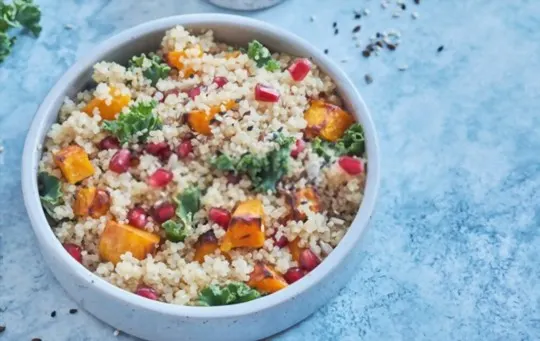
If you’re looking for a delicious and nutritious grain to add to your diet, quinoa is a great choice.
This ancient grain has a light, nutty flavor and a fluffy texture that makes it versatile enough to use in a wide variety of dishes.
Quinoa is also an excellent source of protein and fiber, making it a filling and satisfying option for meals and snacks.
Additionally, quinoa is relatively easy to cook and can be substituted for other grains, such as farro, in many recipes.
So next time you’re looking to mix things up in the kitchen, give quinoa a try.
2 – Barley
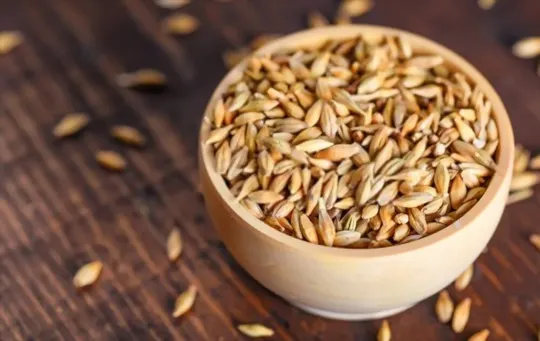
Barley is a grain that has a long history of cultivation, dating back to 10,000 BC.
It is a member of the grass family and is closely related to wheat, rye, and oats.
Barley is most often used as livestock feed or as a malted grain for brewing beer.
However, it can also be eaten as a whole grain, and it has a nutty flavor and chewy texture.
When cooked, barley has a fluffy texture similar to rice.
It can be substituted for farro in salads or used in soups and stews.
Because of its high fiber content, barley is an excellent source of nutrition and can help to regulate digestion.
3 – Spelt
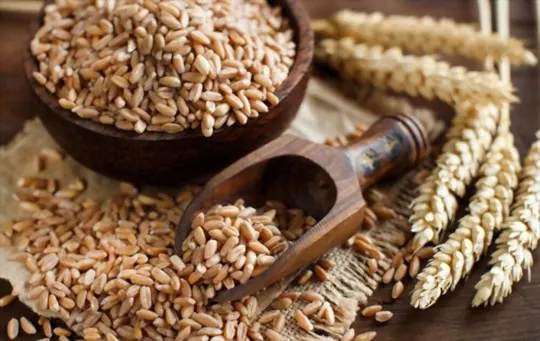
Spelt is a type of wheat that has been around for centuries.
It is making a comeback in recent years as a healthy, nutritious alternative to other grains.
Spelt has a slightly nutty flavor and a chewy texture.
It can be used in place of farro in many recipes.
When cooking spelt, it is important to simmer it for a longer period of time than other grains.
This will help to soften the grain and make it more palatable.
Spelt is an excellent source of fiber and protein, and it is also rich in vitamins and minerals.
When seeking out a healthy, hearty grain, look no further than spelt.
4 – Buckwheat
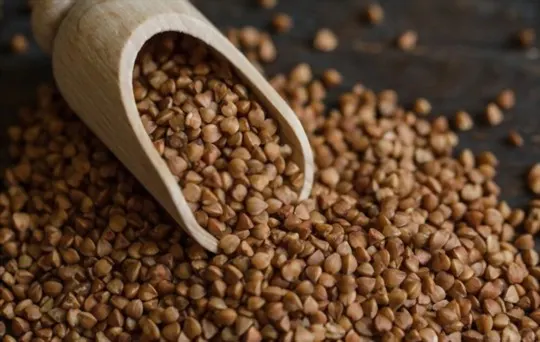
If you’re looking for a delicious and healthy grain to add to your diet, buckwheat is a great option.
This nutrient-rich food has a nutty flavor and chewy texture that makes it versatile enough to use in a variety of dishes.
You can substitute buckwheat for farro in salads, soups, and side dishes or use it as whole grain flour in baked goods.
Buckwheat is also a good source of fiber and protein, so it’s perfect for those who are trying to eat more healthfully.
Whether you’re looking for a new grain to experiment with or simply want to add more variety to your diet, buckwheat is an excellent choice.
5 – Bulgur Wheat
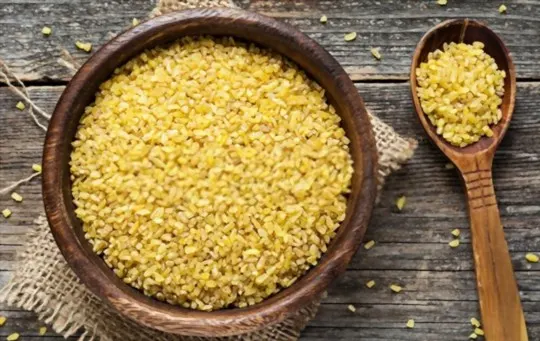
Bulgur wheat is a type of wheat that has been parboiled and then ground into a coarse powder.
It has a nutty flavor and a chewy texture.
Bulgur wheat can be used as a substitute for farro in many recipes.
To substitute bulgur wheat for farro, simply cook the bulgur wheat in boiling water until it is tender.
Then, add it to your recipe in place of the farro.
Bulgur wheat is a healthy and versatile ingredient that can add nutrition and flavor to any dish.
Give it a try in your next recipe.
Conclusion
In summary, there are many delicious and nutritious grain substitutes available to replace farro in your meals.
Quinoa, barley, spelt, buckwheat, and bulgur wheat are all excellent alternatives that you can use in salads, soups, side dishes, and more.
All of these grains are packed with essential nutrients and will make any meal a wholesome and satisfying experience.
So if you’re looking for a way to add variety to your diet, try one of these delicious grain substitutes today.
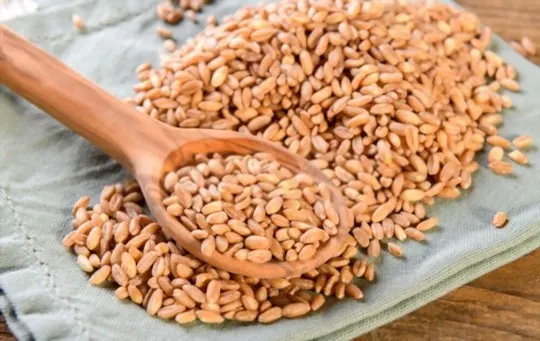
The 5 Best Substitutes for Farro
Ingredients
- Quinoa
- Barley
- Spelt
- Buckwheat
- Bulgur Wheat
Instructions
- Pick your favorite substitute from the list above.
- Follow cooking directions for your selected substitute with the proper ratio of ingredients.

Andrew Gray is a seasoned food writer and blogger with a wealth of experience in the restaurant and catering industries. With a passion for all things delicious, Andrew has honed his culinary expertise through his work as a personal chef and caterer.
His love for food led him to venture into food writing, where he has contributed to various online publications, sharing his knowledge and insights on the culinary world. As the proud owner of AmericasRestaurant.com, Andrew covers a wide range of topics, including recipes, restaurant reviews, product recommendations, and culinary tips.
Through his website, he aims to inspire and educate fellow food enthusiasts, offering a comprehensive resource for all things food-related.

Leave a comment